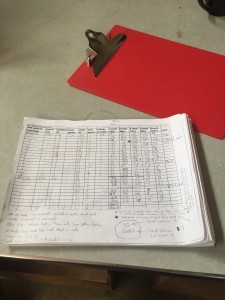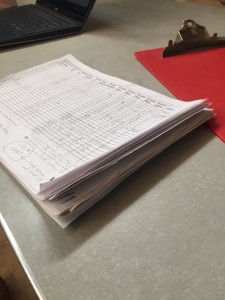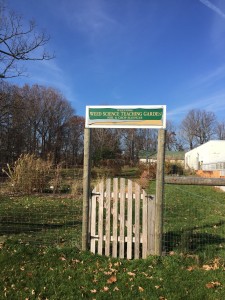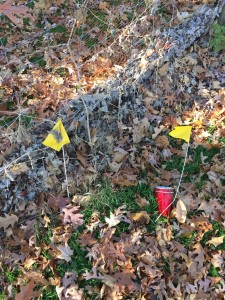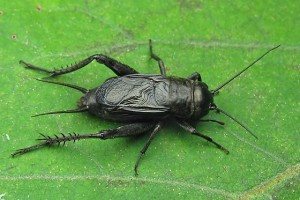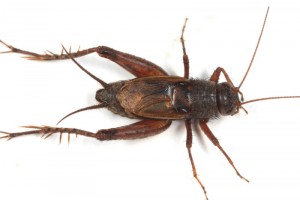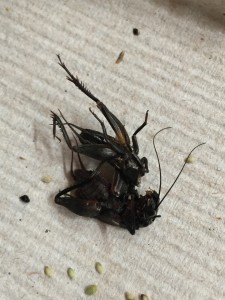I remember when I was younger, I could never grasp how fast time went by at my county fair. Last week, I had the same feeling. The Cortland County Junior Fair kicked off on July 4th and ran through July 8th. The fair week was jammed pack full of activities like animal shows, an adorabl  animal costume contest, a dairy birthing center and special contests like a Jr. Iron Chef, Dairy Challenge and Judging and Tool Identification only to touch the surface. The 4-Hbuilding was full of nonperishable exhibits from awesome crafts and baked goods, to my favorite, an amazing picnic table built by one of the 4-H members! I spent a majority of my time with the animals, one way or another. Whether it was checking registration papers, doing a daily herdsmanship check, helping with the annual 4-H market sale or helping out at the animal show of the day, I definitely was busy! Seeing how the fair runs from the inside-out was an eye-opening experience; no longer an exhibitor, but now an individual making sure the fair runs as smoothly as possible. This gave me a different lens to look through and a new perspective that taught me much respect to those who work all year to make one week as successful as possible. The exhibitors all did a great job and overall the fair went very smoothly and planning for next year has already begun! The biggest news of all though, is that about 19 eggs hatched! I incubated them for about 21 days in my spare bedroom and was so nervous that I had messed them up and that there were not going to be any eggs hatching at fair for the kids to see! I must’ve done either something right, or only a few things wrong though, because we had chicks! Of course, I don’t have pictures to prove it though, so you’ll just have to take my word for it!
animal costume contest, a dairy birthing center and special contests like a Jr. Iron Chef, Dairy Challenge and Judging and Tool Identification only to touch the surface. The 4-Hbuilding was full of nonperishable exhibits from awesome crafts and baked goods, to my favorite, an amazing picnic table built by one of the 4-H members! I spent a majority of my time with the animals, one way or another. Whether it was checking registration papers, doing a daily herdsmanship check, helping with the annual 4-H market sale or helping out at the animal show of the day, I definitely was busy! Seeing how the fair runs from the inside-out was an eye-opening experience; no longer an exhibitor, but now an individual making sure the fair runs as smoothly as possible. This gave me a different lens to look through and a new perspective that taught me much respect to those who work all year to make one week as successful as possible. The exhibitors all did a great job and overall the fair went very smoothly and planning for next year has already begun! The biggest news of all though, is that about 19 eggs hatched! I incubated them for about 21 days in my spare bedroom and was so nervous that I had messed them up and that there were not going to be any eggs hatching at fair for the kids to see! I must’ve done either something right, or only a few things wrong though, because we had chicks! Of course, I don’t have pictures to prove it though, so you’ll just have to take my word for it!
The Monday mo rning after fair, Betsy, the dairy specialist, and I had another tiestall barn to go to for the project we have been doing. We have to go and put the data loggers on while the cows are in the barn, which is usually during milking time. We had to be there by 6 AM and finish putting them on before it was time for them to go outside after milking. We have done three farms so far, and have two more to do during this round of the study. Again, we will be tracking lameness through lying time, standing time and just overall how the cow is able to get up and down and move around (locomotion).
rning after fair, Betsy, the dairy specialist, and I had another tiestall barn to go to for the project we have been doing. We have to go and put the data loggers on while the cows are in the barn, which is usually during milking time. We had to be there by 6 AM and finish putting them on before it was time for them to go outside after milking. We have done three farms so far, and have two more to do during this round of the study. Again, we will be tracking lameness through lying time, standing time and just overall how the cow is able to get up and down and move around (locomotion).
Lastly, the summer tours put on by the South Central Dairy and Field Crops Team are beginning. Last night, we kicked off our first Twilight meeting, which we held at a local farm during the evening and covere d cow comfort. These workshops/tours are open to producers/agriculture business people in the surrounding counties that the SCDFC team cover. A couple different speakers came in last night to cover topics such as animal handling, barns and facilities and the on-site veterinarian and partner talked about different cow comfort topics like the stalls and bedding and such. After going through the presentations, we all took a tour of the different barns. It was neat to see how each barn actually does differ, depending on when it was built and what the industry wants were at the time of building. We got really good feedback from the attendees and I’m looking forward to the robot farm tour, which is coming up next week.
d cow comfort. These workshops/tours are open to producers/agriculture business people in the surrounding counties that the SCDFC team cover. A couple different speakers came in last night to cover topics such as animal handling, barns and facilities and the on-site veterinarian and partner talked about different cow comfort topics like the stalls and bedding and such. After going through the presentations, we all took a tour of the different barns. It was neat to see how each barn actually does differ, depending on when it was built and what the industry wants were at the time of building. We got really good feedback from the attendees and I’m looking forward to the robot farm tour, which is coming up next week.

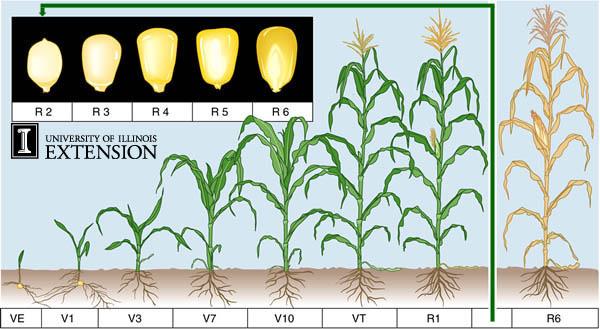

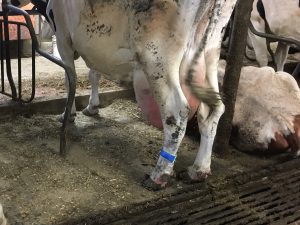



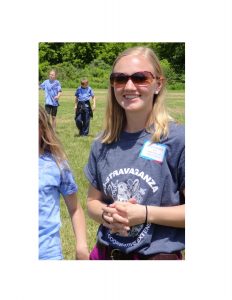





 COVER CROPS ARE AWESOME!
COVER CROPS ARE AWESOME!